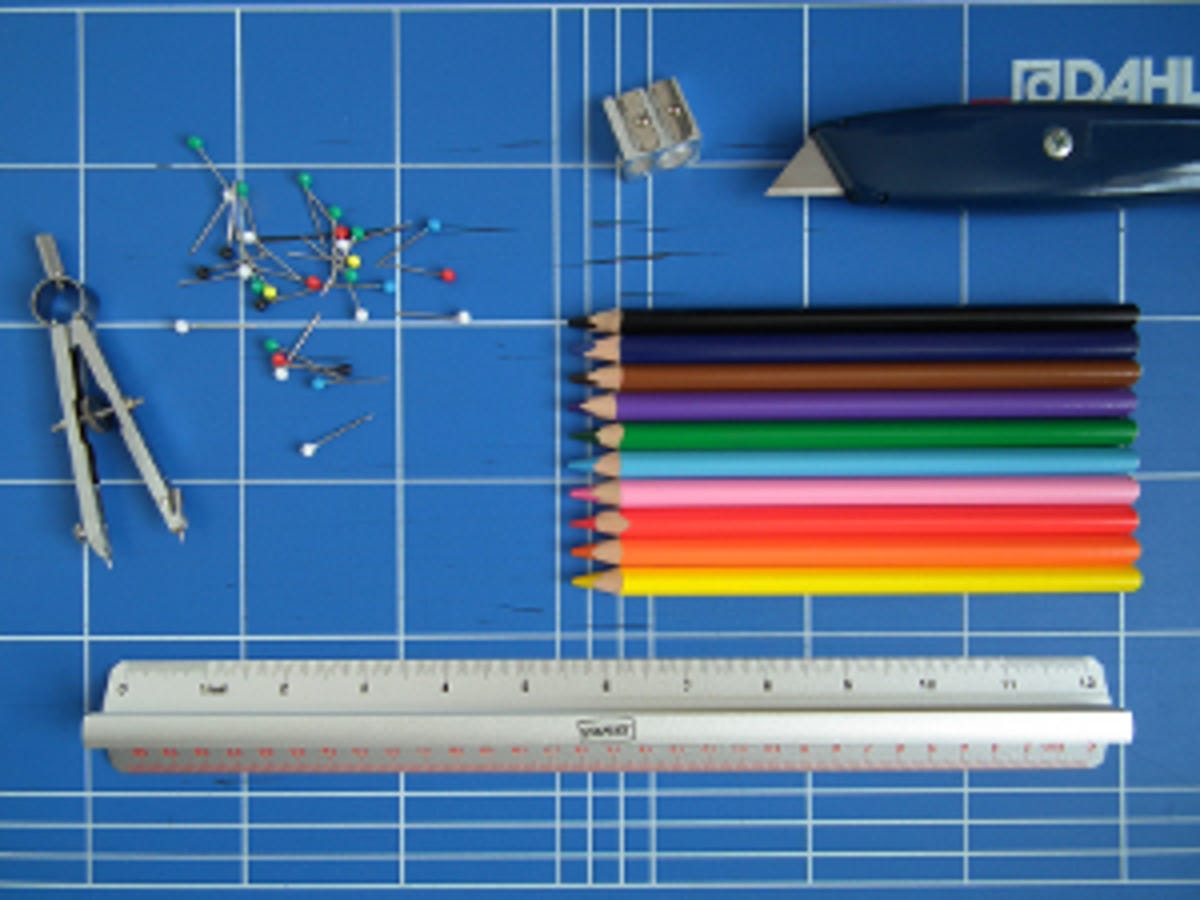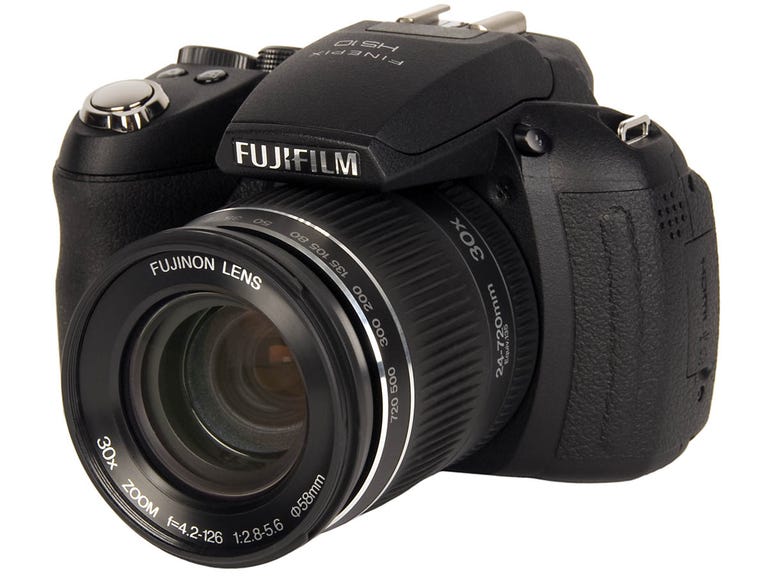 Why You Can Trust CNET
Why You Can Trust CNET Fujifilm FinePix HS10 review: Fujifilm FinePix HS10
The 10.3-megapixel FinePix HS10 is expensive and chunky, but it's also one of the best superzooms on the market. Unlike many rivals, it maintains sharpness throughout its 30x zoom length, it handles well and it's responsive. Despite a few rough edges, its strengths far outweigh its weaknesses
At around £380, the 10.3-megapixel Fujifilm FinePix HS10 sits near the top of the superzoom price range. The 'HS' stands for 'high speed', so it looks like Fujifilm has found something new to bring to this particular market sector. The company also joins a growing list of manufacturers that are ditching increased megapixel counts in favour of smarter sensor designs.
The Good
The Bad
The Bottom Line
Moderated megapixels
The HS10 uses one of the latest backlit sensors, in which the grid of electrical circuits is placed behind the light-receptor layer, rather than in front. This means the receptors themselves can be slightly larger, gathering more light and generating less noise. Opting for a 10-megapixel resolution, rather than the 12- or 14-megapixels used by mass-market compact cameras, is another step in the right direction in the quest for better all-round picture quality.

The other advantage of CMOS technology is the potential for high-speed processing. The HS10 can shoot at an excellent 10 frames per second (although only for seven frames), and has a high-speed movie mode that can shoot at speeds of up to 1,000fps (at progressively reduced resolutions, admittedly). It also has a 'motion panorama' mode -- you press the shutter button, make a panning movement with the HS10, and then your photos will be seamlessly stitched together in-camera.
The high-speed processing and merging tools are also put to work in the 'motion remover' mode. The camera takes a series of shots and removes anything that's moved, such as pesky pedestrians who've got in your way. The 'pro low-light' mode also takes a series of shots, blending them to produce a sharp, low-light image.
Even without this fancy technology, the HS10 is a pretty decent superzoom. Its 30x zoom range is one of the widest yet, starting at a very handy 24mm and going right up to 720mm. There's an effective sensor-shift anti-shake system to keep your subjects still at ultra-long zoom settings, and the 76mm (3-inch) LCD display on the back tilts upwards for easier waist-level or ground-level shooting.
It's particularly pleasing that you get a manual zoom mechanism rather than a motor-driven one. It's also a welcome surprise to discover that the HS10 can shoot 1080p, high-definition movies, and focus while filming.
The most important thing, though, is the picture quality, as this is the area in which most superzooms struggle. Thankfully, the HS10 is almost as sharp at maximum zoom as it is at normal focal lengths, and that's very rare for a superzoom. You can squeeze out slightly more quality by shooting raw files, which you can process using the bundled Silkypix software.
The lens perhaps loses some sharpness at the edges, but, overall, the HS10's well-exposed and saturated images are well above average for this kind of camera. Apart from a touch of overexposure in high-contrast or backlit scenes, its images are hard to seriously fault.
Diamond in the rough
The HS10 has a few rough edges, though. The chrome-effect direction buttons on the back look fairly naff, the autofocus and menu sounds are so penetrating that you'll reach for the silent mode almost immediately, and the interface has a somewhat blocky, primitive look.
The flash housing on the top also overhangs the lens to such a degree that it can interfere with zooming (you have to move your hand to a different position). The electronic viewfinder is pretty poor too, and the automatic eye sensor doesn't react straightaway when you put the camera to your eye.
Conclusion
The Fujifilm FinePix HS10's strengths far outweigh its weaknesses. It's one of the most expensive superzooms on the market, and certainly the bulkiest, but it's also one of the best. Its digital-SLR styling gives you something chunky to hang onto, the mechanical zoom action is smooth and fast, and the high-speed shooting technology gives it an edge over the competition.
Edited by Charles Kloet
